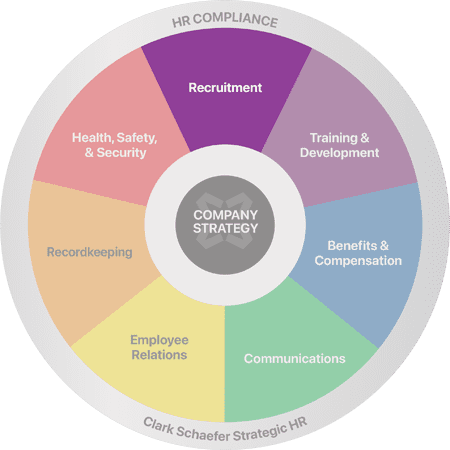Posts
The Top Seven Handbook Policies to Include This Year
Last Updatedin HR Compliance, HR Strategy Question of the Week
Specific Ways HR Can Cultivate an Inclusive Workplace
Last Updatedin Employee Relations Question of the Week
How to Address Employee Hygiene Issues in the Workplace
Last Updatedin Employee Relations Question of the Week
Mandatory Retirement: Is It Legal?
Last Updatedin Employee Relations, HR Compliance Question of the Week
Can an Employee Take FMLA Leave to Care for an Adult Child?
Last Updatedin HR Compliance Question of the Week
Are You Ready For These Top HR Trends in 2024?
Last Updatedin HR Strategy Question of the Week
How Can We Make DE&I Programs More Effective?
Last Updatedin Employee Relations Question of the Week
Building A DEI&B Roadmap
Last Updatedin HR Strategy Question of the Week
What Are Stay Interviews and What Questions Should I Ask?
Last Updatedin Communications Question of the Week
Designing a Modern Dress Code for Today’s Workplace
Last Updatedin Communications Question of the Week
What is Equal Pay Day?
Last Updatedin Benefits & Compensation Question of the Week
The ABC’s of Diversity, Equity, and Inclusion (DE&I)
Last Updatedin HR Strategy Question of the Week
Systemic Racism: How Can I Fight It?
Last Updatedin HR Strategy Question of the Week
Contact Us
Clark Schaefer Strategic HR
10856 Reed Hartman Hwy
Suite 225
Cincinnati, OH 45242

Clark Schaefer Strategic HR is recognized by SHRM to offer Professional Development Credits (PDCs) for SHRM-CP® or SHRM-SCP® recertification activities.
The information provided on this website does not, and is not intended to, constitute legal advice; instead, all information, content, and materials available on this site are for general informational purposes only. Readers of this website should contact their attorney to obtain advice about their particular situation and relevant jurisdiction. This website contains links to other third-party websites. These links are only for the convenience of the reader, user or browser; Strategic HR does not recommend or endorse the contents of the third-party sites.





